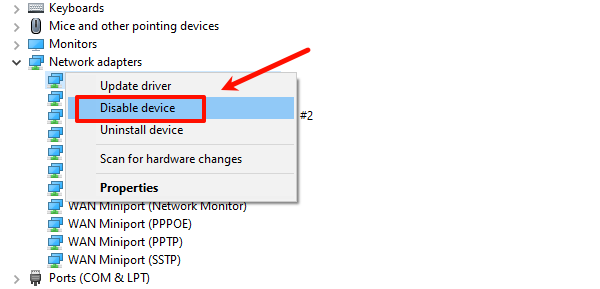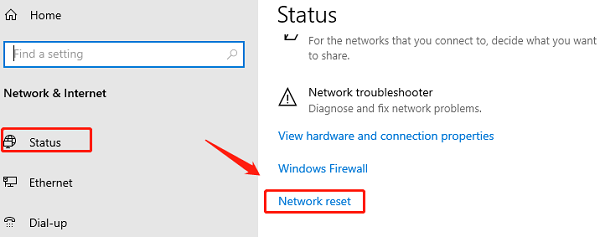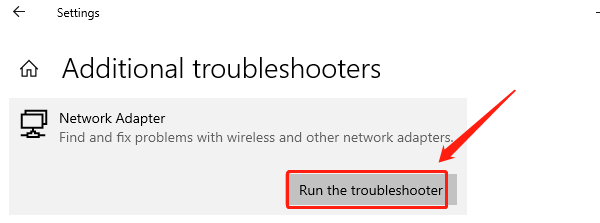
Whether you're using Wi-Fi or a wired network, network adapter issues can lead to no internet access. This article provides several methods to fix the problem and restore your connection quickly.
1. Check Physical Connections
Ensure the Ethernet cable is securely connected to both the computer's Ethernet port and the router's LAN port.
Unplug the router and modem, wait 30 seconds, and then plug them back in to resolve temporary network connection issues.
If you suspect a faulty cable, try using a different Ethernet cable.
If you're using Wi-Fi, check if the Wi-Fi switch is on and confirm you're connected to the correct network.
2. Update Network Adapter Drivers
Outdated or faulty network adapter drivers can cause connectivity issues. Regularly updating your drivers can improve network stability and performance. It's recommended to use Driver Sentry to automatically detect and update drivers, saving time and reducing the risk of downloading or installing incorrect drivers.
Click the download button to get the latest version of Driver Sentry. After installation, open the software and click "Scan".

Once the scan is complete, the results will show which drivers are missing or need updating. Find the network adapter driver in the list and click "Update".
After updating, it's recommended to restart your computer to ensure the new driver is properly applied.
3. Restart Network Adapter
Press Win + X, select "Device Manager".
Expand "Network adapters" and locate your adapter.
Right-click on the adapter, select "Disable device", wait a few seconds, then right-click again and select "Enable device".

Check if the network connection is restored.
4. Reset Network Settings
Press Win + I to open "Settings" and go to "Network & Internet".
In the "Status" section, scroll down and click "Network reset".

Confirm the "Reset now" action, and the system will reset all network adapters to default settings.
Your computer will automatically restart, and you will need to reconnect to your network.
5. Run Network Troubleshooter
Press Win + I to open "Settings", then select "Update & Security".
In the left menu, click "Troubleshoot" and select "Additional troubleshooters".
Find "Network Adapter" in the list and click "Run the troubleshooter".

Follow the on-screen instructions as the system detects and resolves network adapter issues.
6. Check BIOS Settings
Restart your computer and press the designated key (usually F2, Delete, or Esc) during startup to enter BIOS.
Navigate to the network-related settings (usually found in "Advanced" or "Integrated Devices").
Ensure the network adapter is enabled.
Save changes and exit BIOS. The computer will reboot automatically.
By following these steps, you can effectively fix network adapter issues in Windows and restore your connection. If the problem persists, consider contacting a professional technician for further assistance.
See also:
6 Ways to Improve Computer Sound Quality
How to Fix Graphics Driver Installation Issues
How to Download and Install Sound Card Drivers
Common Causes and Solutions for Windows Blue Screen of Death